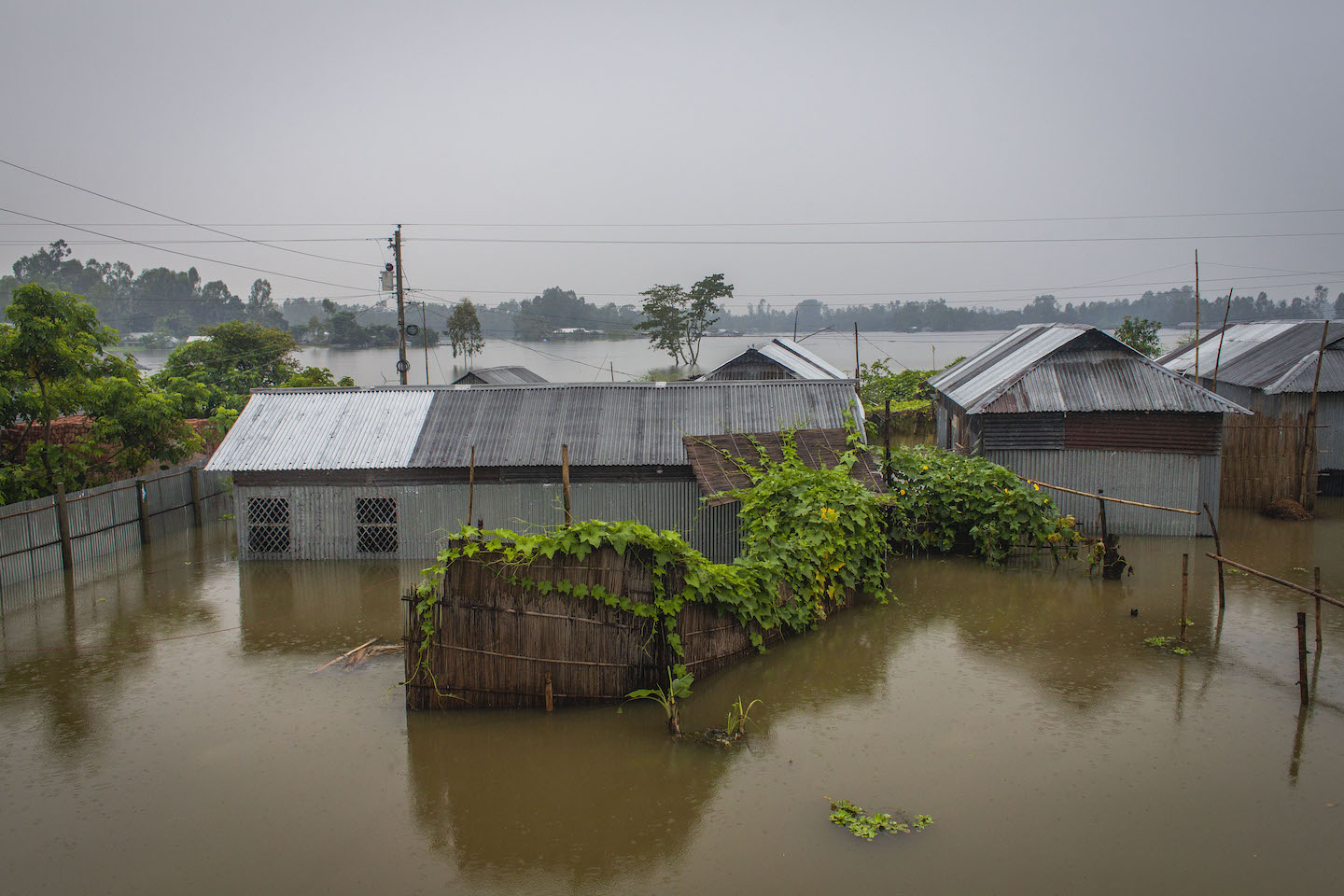Flooding by nature is rapid in its onset, and therefore, it can often lead to population displacement and the subsequent need for shelters and camps. Floods further produce large volumes of household wastes at affected locations.
Damage caused by floods to the built environment is dependent on the structural integrity of the buildings and infrastructure, where limited damage is initially caused. However, once the floodwaters recede, extensive damage can be expected to buildings where water has damaged internal furnishings. Widespread mould can affect claddings as well as boarding, and potentially cause rotting of structural timber (depending on the overall duration of the flooding).
The typical response to flood damaged buildings is for the householder to strip out their buildings and place the wastes on the roadways for collection. This ‘debris’ waste can often be mixed with hazardous wastes such as household cleaning products (i.e. bleaches), white goods such as fridges and ovens, as well as electronic wastes. In addition, the flooding may have brought large quantities of mud, clay and gravel into the affected areas. This sludge makes access more difficult once the floodwater has receded. It is often necessary to first remove of this sludge before full access for relief and recovery operations can be achieved. The removal and disposal of this sludge requires careful consideration since it may be mixed with debris and hazardous materials. Hence, the final disposal should be based on an assessment of the different wastes included in the sludge.
